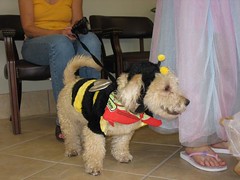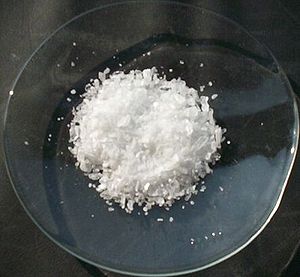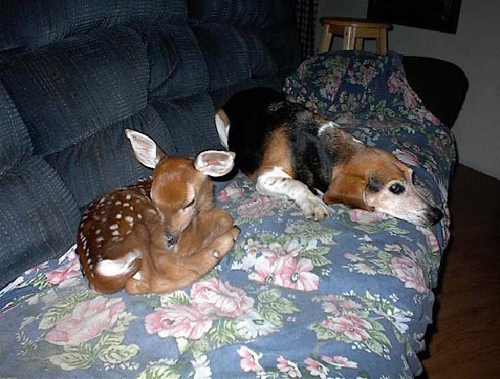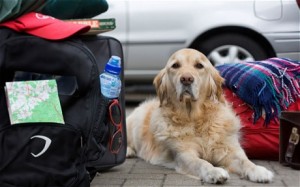There are many competing cat food products on the supermarket shelf vying for your attention and asking you to buy them. I’m sure you know what I mean, they have their full-color pictures of happy looking satisfied cats that are in peak health condition because they eat the XYZ brand of cat food. But are you getting the best cat food for your pet?
What none of those pretty packets tell you is that cats are obligate carnivores, which means they must have the nutrients that are found in animal protein just to survive. By protein, I mean meat, chicken and fish, the flesh of these meats, not the by-products. In the wild cats eat the meat of their prey, just as they do when they find a mouse around the house.
Good quality cat food should list the actual meat such as beef, lamb, tuna, turkey, salmon, chicken, etc. that is in the tin or packet you buy. Chicken meal is actually considered to be the single best source of protein in commercial pet foods. If you only see the words ‘meat and/or meat bone meal’ on the packet, be aware that this can legally include animals that are road kill, have been euthanized by vets and ground and rendered in factories. Some rendering factories also use diseased, dying and decayed animals to supply to pet food companies.
Dry Cat Food
Cats don’t have the teeth to chew their food like we do. Their teeth are designed to bite and swallow so a diet of dry biscuits is going to be a problem for them. Not only can they not chew the biscuits; their bodies lack specific enzymes for carbohydrate digestion and metabolism. Cats lack a salivary enzyme called amylase, which are used to digest carbohydrates. And almost all cat food biscuits are primarily carbohydrates. Cats can utilize the carbohydrates, but their body and digestive tract are suited for protein and fat.
Cats who are fed dog, rabbit or other types of food are at high risk for blindness and heart disease due to insufficient amounts of taurine in their diet. Taurine is a very important amino acid and will be found in commercial cat foods. Other diseases such as obesity, food allergies, diabetes, and heart disease are just some of the diet-related diseases that appear to become an epidemic in our cats all over the world due to poor nutrition.
Are You Saving Money By Feeding Cheap Food?
If you are feeding your cat on a cheap food with low quality ingredients, it will need more of this food to get the nutrients required. As a result, you will end up buying more food, which will either end up costing you the same amount as better quality food, or in many cases, more than if you were feeding your cat a diet with healthy, high-quality ingredients.
Another thought to keep in mind is that a cat who eats more food will produce more waste, which means more work for you to clean the litter tray and therefore, more money spent on cat litter.
A cheaper but fewer healthy diets can also contribute to serious health problems that will end up costing you hundreds, if not thousands of dollars in veterinary bills and prescription drugs for your cat.
Remember your cat is a part of your family and is dependent on you for its life. Investing in the best-quality cat food you can afford is a better alternative than the heartache and shortened life span that comes with taking shortcuts or buying inferior food. A cat is for life and the joy and love it brings to you, and your family should not be underestimated.












